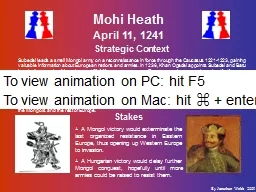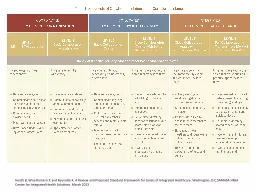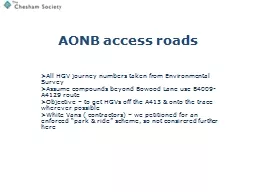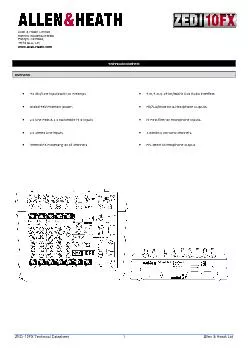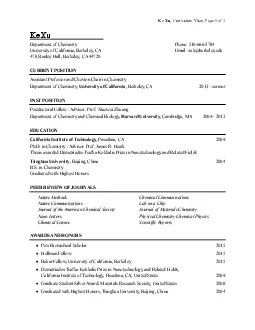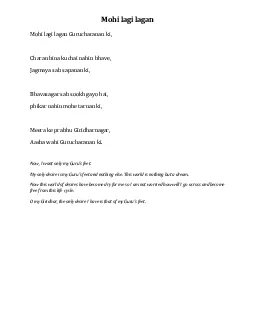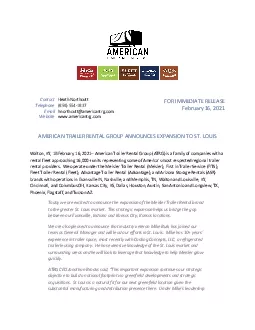PPT-Mohi Heath
Author : lindy-dunigan | Published Date : 2017-06-08
April 11 1241 Strategic Context Subedei leads a small Mongol army on a reconnaissance in force through the Caucasus 12211223 gaining valuable information about
Presentation Embed Code
Download Presentation
Download Presentation The PPT/PDF document "Mohi Heath" is the property of its rightful owner. Permission is granted to download and print the materials on this website for personal, non-commercial use only, and to display it on your personal computer provided you do not modify the materials and that you retain all copyright notices contained in the materials. By downloading content from our website, you accept the terms of this agreement.
Mohi Heath: Transcript
Download Rules Of Document
"Mohi Heath"The content belongs to its owner. You may download and print it for personal use, without modification, and keep all copyright notices. By downloading, you agree to these terms.
Related Documents

